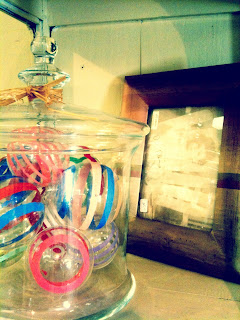
Many years ago, my brother served in the United States Army as an MP (I love you, John!) and I couldn't be prouder.
Do you have proud veterans of the Armed Forces in the family?
Wouldn’t they be thrilled to receive a gift of a beautiful three-dimensional shadow box or custom frame displaying their military medals, insignias, and decorations; photos; certificates; personal memorabilia; and treasures?
What finer way to honor the sacrifice and service of loved ones who put on the uniform and gave their all for their country and for freedom? Military medals are meant to be proudly displayed, not hidden away in a drawer!
Framing military medals and awards is a perfect way to preserve and protect them and create a very precious gift and legacy – an heirloom of treasured memories to share with your family and generations to come.
It’s important to take those precious medals and decorations to a professional picture framer who will play an important role in their preservation through the use of proper protective materials.
The custom frame or shadowbox can even be designed so that, if desired, medals can be removed and worn, and then replaced in the frame.
Come on in and spend some time with us to learn more. Look for the purple and white Professional Picture Framers Association (PPFA) member decal on our shop door!
See you at the shop,
Melissa




















